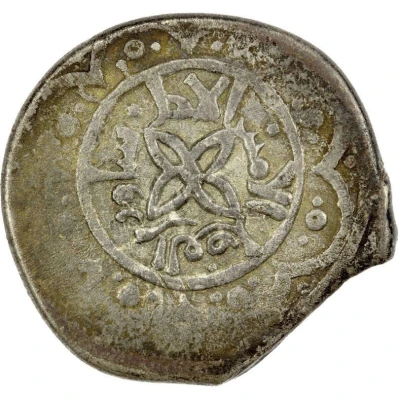Dirham "Bisected Circle/Three Rings" - Shawur b. al-Fadl
450 (1049-1067) years| Silver | 5 g | - |
| Issuer | Shaddadids of Ganja (Shaddadid dynasty) |
|---|---|
| Emir | Abu'l-Aswar Shavur I (1049-1067) |
| Type | Standard circulation coin |
| Year | 450 (1049-1067) |
| Calendar | Islamic (Hijri) |
| Value | Dirham (0.7) |
| Currency | Dinar (951-1199) |
| Composition | Silver |
| Weight | 5 g |
| Shape | Round (irregular) |
| Technique | Hammered |
| Orientation | Variable alignment ↺ |
| Demonetized | Yes |
| Updated | 2024-10-05 |
| Numista | N#405812 |
|---|---|
| Rarity index | 100% |
Edge
Plain.
Comment
"1492 AR dirham
R [Rare]
Weights vary from less than one to more than 7 grams. Actual specimens rarely do justice to the excellent die work, as they are struck on flans far smaller than the dies, often haphazardly shaped. Clearly dated examples are very rare; a few show the mint, always Janza. Lebedev identified 16 subtypes, many with intricate designs."
Interesting fact
One interesting fact about this coin is that it features a unique design element - a bisected circle, which is a circle that has been cut into two halves. This design element is surrounded by three rings, which adds to the coin's distinctiveness. The use of a bisected circle and three rings on a coin is a rare design feature in Islamic coinage, making this coin a standout piece in the Shaddadid dynasty's currency.

